Can good curd be made from not-so-good milk?

Curd is not only a staple in Indian households, it is rich in protein and also attributed to a number of benefits like good immunity, heart and bone health and a healthy metabolism.
These highly advertised benefits are probably the reason we never stop to think about whether the curd we are eating is actually nutritionally apt and can deliver on its promise of good health.
Curd is made from one simple, single ingredient – MILK! Much like the strength of a building depends on the quality of the materials used in its construction, the nutrition and purity of curd depends on the quality of the milk used to prepare it. The Lactobacillus bacteria/ culture convert the lactose in milk to lactic acid, resulting in the transformation of milk to curd.
Then is all curd really the same?
A common myth is that because milk undergoes fermentation, all impurities of the milk are destroyed, resulting in pure curd. But during fermentation, only the protein in milk undergoes a structural change and it doesn’t impact the impurities in any way. Furthermore, one must consider that only the nutrition that is present in the milk to begin with will find its way into the curd.
So why does some curd taste sour or pungent or have an unpleasant smell?
The quality of raw milk is very important in the process of curd-making. The key factor impacting curd is the initial bacterial load in the raw milk. Milk is heated to 90 degree Celsius, thereby killing most of the undesired bacteria. To this, a culture of gut-friendly bacteria is added to facilitate fermentation. As Mr. Raghavendra, Manager -Quality Assurance processing at the Akshayakalpa farms- says, “If the raw milk contains a large number of undesired bacteria, the remaining undesired bacterial in the milk after standard process will be dominant and prevents the added culture from exhibiting its properties fully – resulting in curd that has an off-taste, loose body, is highly acidic or has a pungent flavor.’’
Unwanted bacteria find its way into milk through unhealthy animals, unhygienic living condition of cows (dung, unrine), unhygienic handling practices (hair, un-cleaned containers), poor milking practices, by exposure to air in open containers, through contact with un-sanitized milk cans or tankers etc – all commonly found at unorganized dairies. This leads to the protein in milk being consumed by bad bacteria, bringing down the quality of curd when it is cultured. Milk also absorbs odors during the milking and packaging process, and these are usually stale, barny and unhygienic odors.
At Akshayakalpa farms, cows are free-roaming and live in clean, natural environments. The milking and packaging process is fully automated and untouched by human hand. After milking, the milk is spot cooled to below 4 degrees to prevent growth and multiplication of undesired bacteria. Through conscious and careful steps, the initial bacterial load of Akshayakalpa Organic milk is kept to a minimum. When combined with a purified and carefully curated culture of lactic acid bacteria, it results in great tasting curd that is perfectly made.
If the curd smells and tastes fine, is it okay to eat?
Adulteration in milk is common in the dairy industry and milk is one of the most adulterated foods in India. Urea, starch, flour, cane sugar, vegetable oils and detergents are often added to milk to increase yield or preservatives to increase shelf life – which compromise the naturally-occurring nutrition package of the milk – leading to curd that is deficient too!
Akshayakalpa Organic curd is crafted from 100% organic milk from our farms that are free from chemical residues, pesticides, preservatives or any synthetic additives – ensuring it’s not just great in taste but rich in essential nutrients too.
With Akshayakalpa Organic, you can rest assured that only the purest milk is used to make the purest curd that’s perfect for your family!

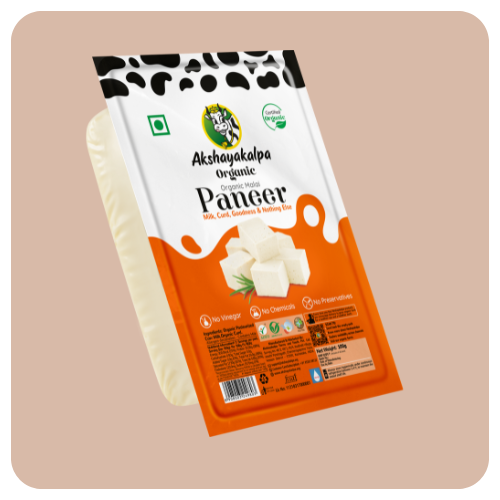
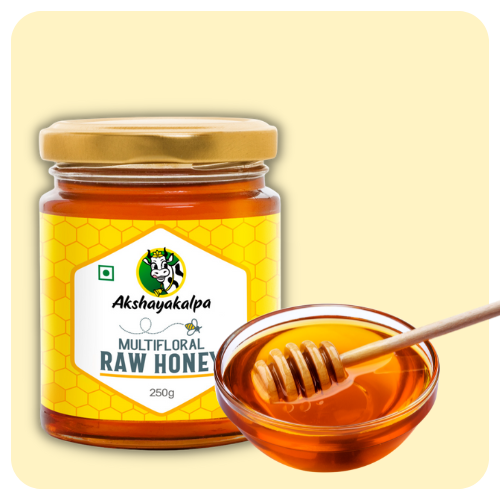





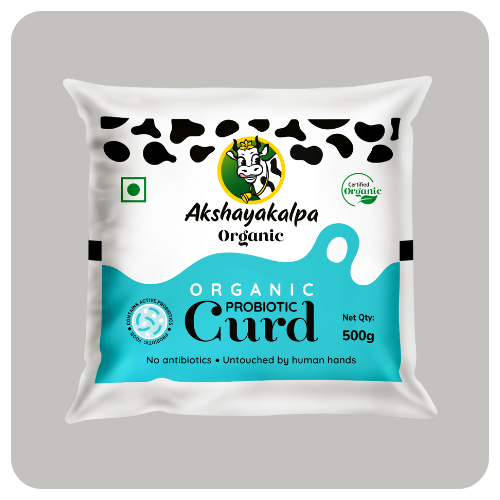
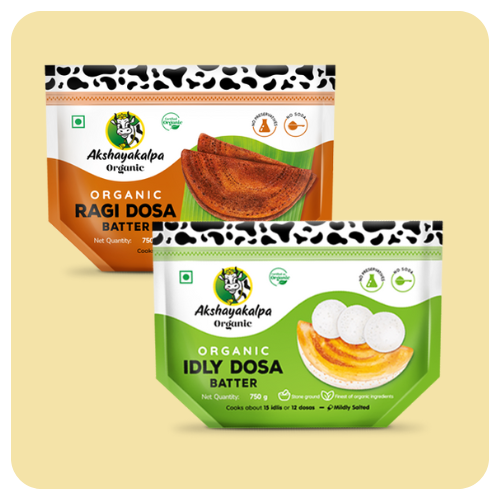

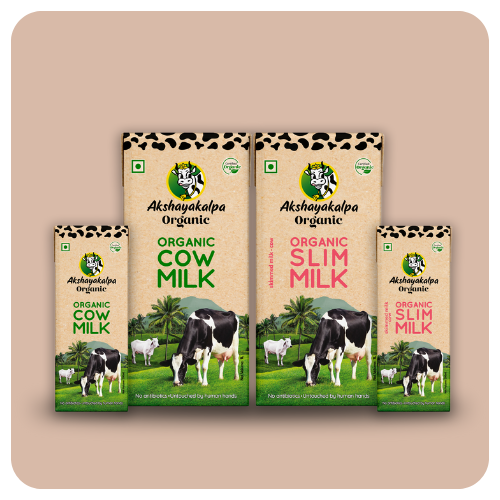

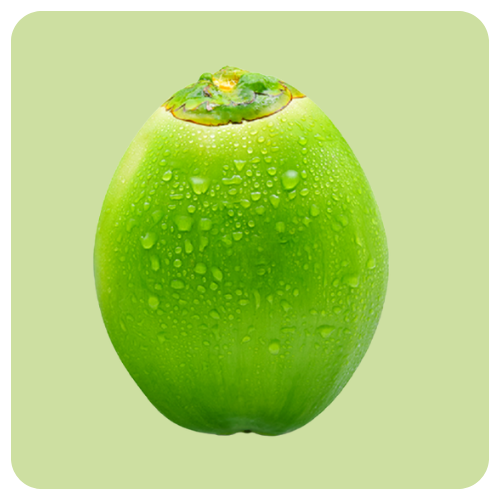
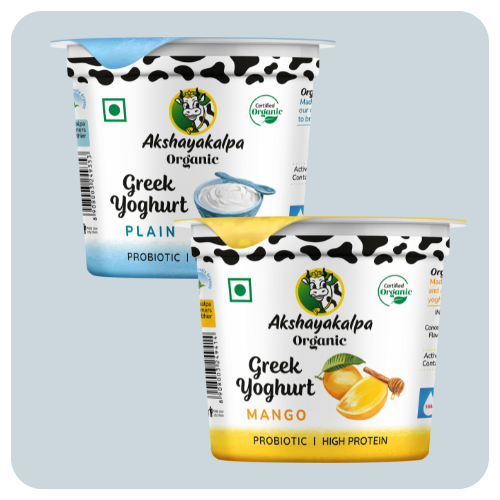






Howdy! This blog post couldn’t be written any better! Going through this post reminds me of my previous roommate! He continually kept talking about this. I am going to send this post to him. Fairly certain he’ll have a very good read. I appreciate you for sharing!
Your article has answered the question I was wondering about! I would like to write a thesis on this subject, but I would like you to give your opinion once 😀 totosite
Iam a zoology prof(Retd) from MES college Bangalore. I agree with you. But sir, the prince of milk and curd is high.
Will you reduce the price? It is too high sir.
Think about it. So that we can order daily
Nalini Bai G
Mahaveer cedar Apt.
AGB layout
Bangalore
I don’t even know how I ended up here, but I thought this post was great. I do not know who you are but certainly you’re going to a famous blogger if you aren’t already 😉 Cheers!